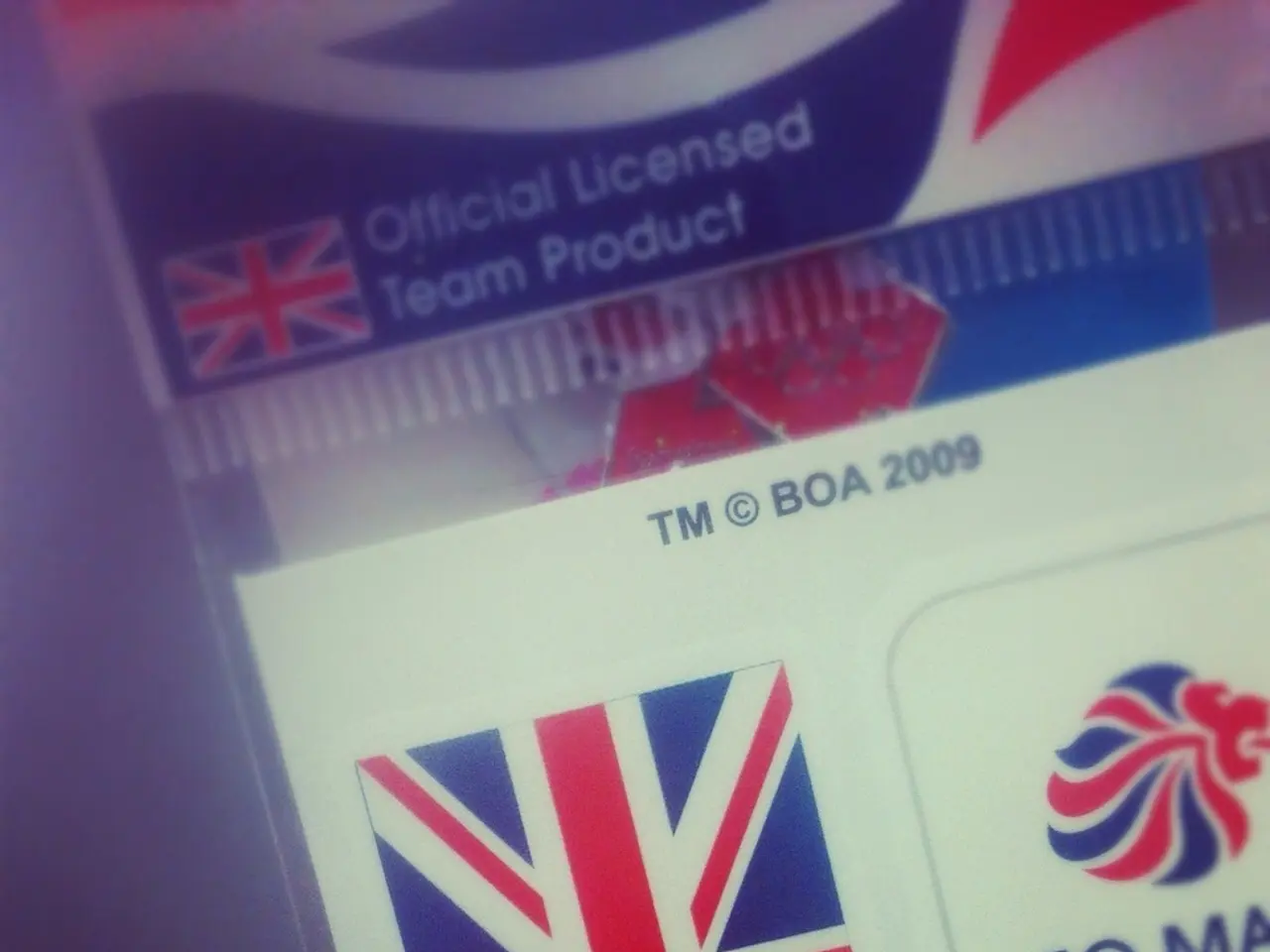Until mid-January, individuals are required to exchange their outdated licenses
Germany is set to phase in a new series of uniform and more secure driver's licenses, with those born in 1971 or later having until January 19, 2025, to exchange their existing paper licenses. The change aims to enhance security and efficiency in the country's driver's license system.
The new licenses will come with a longer validity period of 15 years, compared to the old paper licenses. Around 42 million driver's licenses are affected by this exchange. Each new license will contain a chip containing personal data and a digital photo of the holder, making them more difficult to forge.
The exchange process is straightforward. Driver's licenses can be exchanged at the responsible driver's license authority or, in some cases, at the local registry office. It is essential to present the original old driver's license during the exchange, along with identification such as an ID card, passport, or other identification documents. Additional documentation may be required, such as proof of identity and residency.
The method of application for the new driver's license may depend on the responsible driver's license authority. In general, individuals will need to contact the local driving license authority to schedule an appointment, submit all required documents, pay the exchange fee, and undergo any required medical or vision tests if applicable.
For those with foreign driver's licenses, the process may vary. To exchange a foreign driver's license for a German one, you must apply at the local driving license authority responsible for your residence in Germany. The specific requirements generally include a valid identity card or passport, a current biometric digital photograph, your original foreign driving license, and payment of a fee. Potential additional documents such as an extract from the Federal Central Criminal Register, medical certificates, or visual acuity tests may be required, depending on your license’s issuing country and local authority requirements.
If your license is from an EU/EEA country, the exchange process is usually simpler and may not require medical or eye tests. For non-EU/EEA licenses, you may need a German translation of your license by a sworn translator, and sometimes proof of driving record, a medical examination, or an eye test. You are allowed to drive with a non-EU license for up to six months after registering residence in Germany, after which you must complete the exchange.
It is advised to consult directly with the local authority to confirm exact requirements as they can vary based on your country of origin and local regulations. The cost of the new driver's license is approximately 30€, but this figure may change depending on the country or region. All driver's licenses issued before 2013 in the European Union must be exchanged by January 19, 2033.
This new initiative is part of a broader effort to modernise and secure Germany's driver's license system, ensuring the safety and security of its roads for years to come.
The new driver's licenses in Germany, as part of modernization efforts, will include health-and-wellness features like a digital photo of the holder, promoting security and efficiency. To further enhance road safety, each new license will have a longer validity period of 15 years compared to the old paper licenses, aligning with advancements in science and technology.




